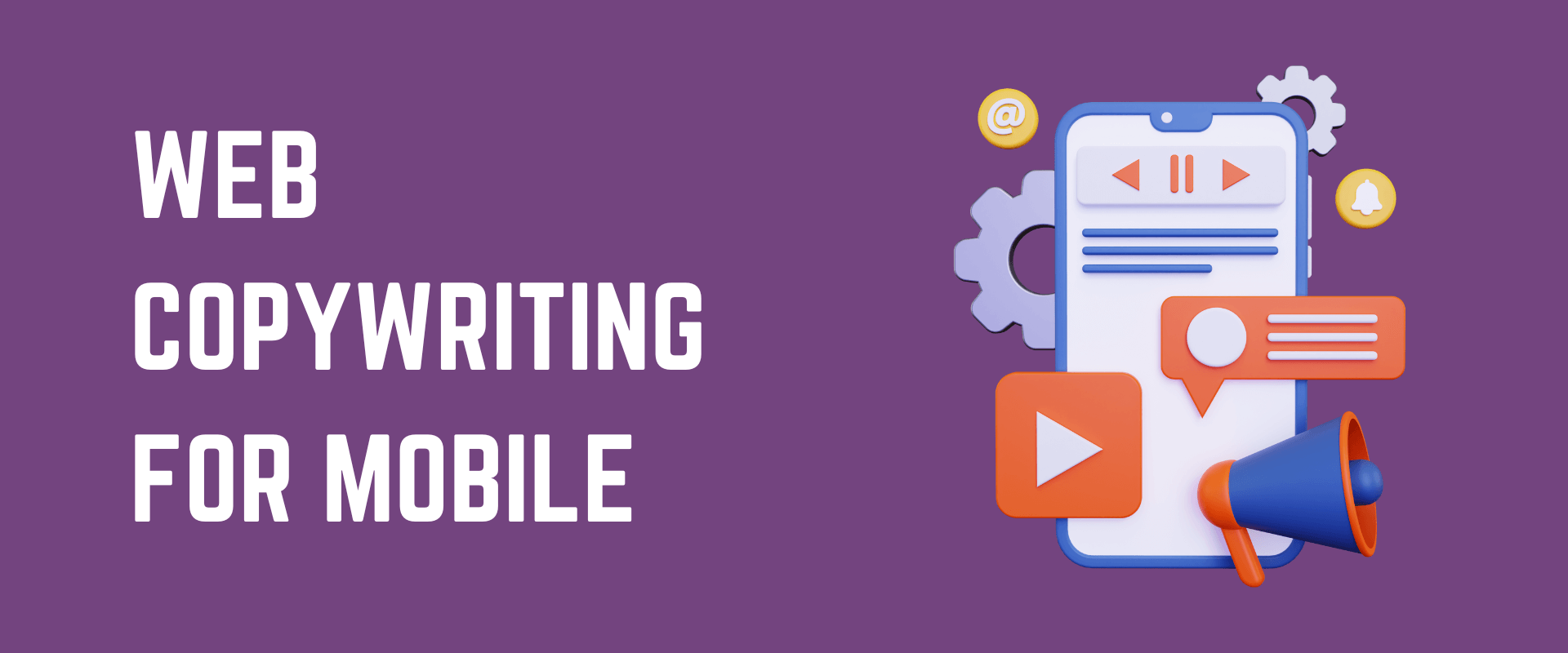Optimize your content for mobile devices with clear, concise, and compelling copywriting strategies. Learn how to create readable, action-oriented text that engages users on small screens and drives conversions.
Creating Content for Devices: Tailoring for Compact Displays
In todays fast evolving digital landscape where smartphones and tablets reign supreme in how people consume information the significance of crafting content optimized, for screens cannot be emphasized enough. With a growing number of users turning to mobile platforms for web browsing online shopping and content interaction its essential to develop copy that is engaging and captivating on these devices. The key challenge lies in designing content that grabs attention effectively communicates a message and prompts action all within the limitations of a space. This article delves into techniques and guidelines for writing copy specifically suited for devices ensuring that your message reaches and resonates with your audience regardless of the screen size.
Understanding Mobile User Behavior
Before getting into the details of crafting copy for devices its crucial to recognize how people engage with their smartphones and tablets. Mobile users tend to be on the move juggling tasks and often facing time constraints and short attention spans. They seek information that is quick and easily comprehensible to aid in decision making or problem solving. Unlike desktop users who may have the luxury of time and a larger screen to explore content mobile users prefer information that is straightforward, concise and user friendly.
A key aspect of behavior is their inclination towards scrolling rather than clicking. Mobile users are more inclined to scroll down a page than click on links that divert them from the content. Therefore when developing copy for mobile platforms it's vital to organize information in a manner that encourages scrolling while placing the important details at the top. The content should be loaded with messages enabling users to grasp the points swiftly even if they don't reach the bottom.
Crafting Concise and Clear Headlines
Headlines play a role, in grabbing the attention of users. With limited screen space they need to be concise yet impactful enough to engage users. Ideally headlines should consist of five to seven words ensuring they fit on a screen without getting cut off. The key is to use strong and action oriented language that quickly communicates the value of the content. Additionally headlines should be specific and informative providing users with an idea of what to expect from the content that follows. For instance instead of using a headline like “Explore Our New Collection” a more mobile optimized option could be “Shop the Hottest Spring Styles Now.” This not conveys the topic of the content but also prompts action.
Prioritizing Readability
When creating content for devices readability is crucial. The small screen size can make text hard to read especially if the font is small or the text is packed together. To improve readability opt for sentences and shorter paragraphs. Stick to one idea per sentence and limit paragraphs to one or two sentences. This approach introduces space, making it easier for users to scan and comprehend the content on their devices.
Moreover incorporating bullet points or numbered lists can effectively break up the text and draw attention to points. This simplifies the process for users to quickly locate the information they need. However it's essential to avoid overwhelming the page with an excessive number of bullet points as it may create a cluttered appearance. Instead use bullet points to underscore the information.
Simplifying the Language
When creating content for devices keeping it simple is crucial. Users should grasp your message easily without having to wade through language or technical terms. Strive for a tone and opt for language that resonates with a broad audience. This not enhances the relatability of the content but also ensures that it can be quickly comprehended by users, who might be busy or easily distracted.
To simplify the wording further steer clear of lengthy words or phrases when shorter alternatives suffice. For example instead of saying "utilize" just say "use." This method not streamlines the text but also makes it more straightforward which is especially vital for users seeking information on their devices.
Incorporating Calls to Action (CTAs)
In mobile copywriting effective calls to action (CTAs) play a role in guiding users towards the next step. Whether it's making a purchase, signing up for a newsletter or downloading an app. Due to space CTAs should be placed and easily tappable. It's important to avoid overwhelming users with multiple CTAs on page as it can dilute their impact.
CTAs should be clear and specific instructing users on what action to take. Phrases like "Buy Now," "Sign Up Today" or "Get Started" are straightforward and leave no room for misunderstanding. Additionally using language that evokes a sense of urgency, such as "Limited Time Offer" or "Don't Miss Out" can further motivate users to take action.
Optimizing for Touch Interaction
When crafting content for devices it's crucial to keep touch interaction in mind. Unlike users who use a keyboard mobile users rely on touchscreens. This means that elements such as links, buttons and calls to action need to be designed for easy finger tapping. When incorporating hyperlinks into your text ensure they are spaced apart to prevent users from accidentally clicking on the wrong one. Furthermore buttons should be sized for easy tapping and the text should be easily readable.
Final Thoughts
When crafting copy for devices it's important to consider the habits and preferences of mobile users. By prioritizing headlines, easy readability, language, strong calls to action and touch friendly interactions you can develop content that not looks appealing on screens but also connects with your audience and encourages them to take action. In a world where mobile usage is dominant tailoring your copy for screens is essential to effectively reaching and engaging your audience.
